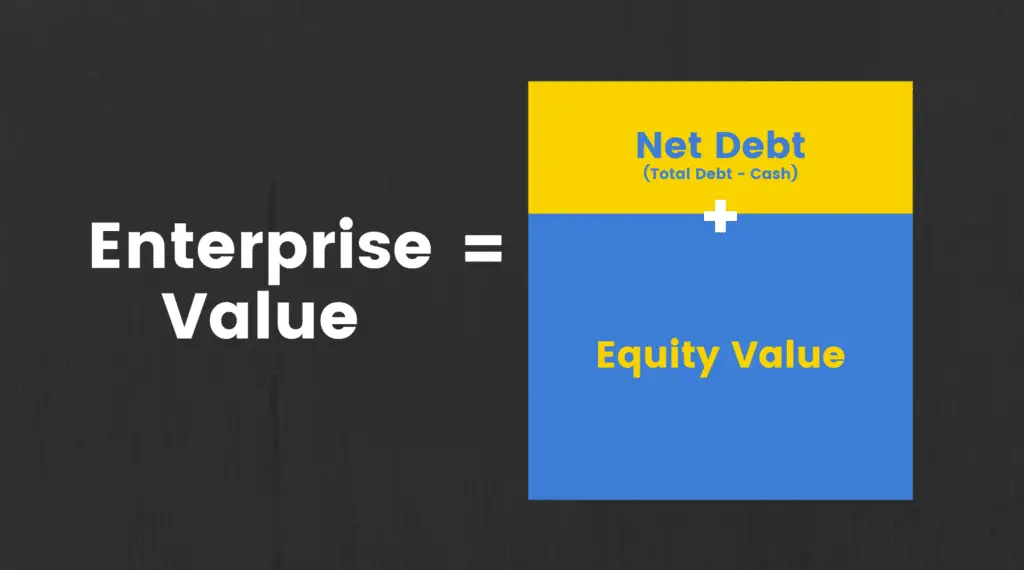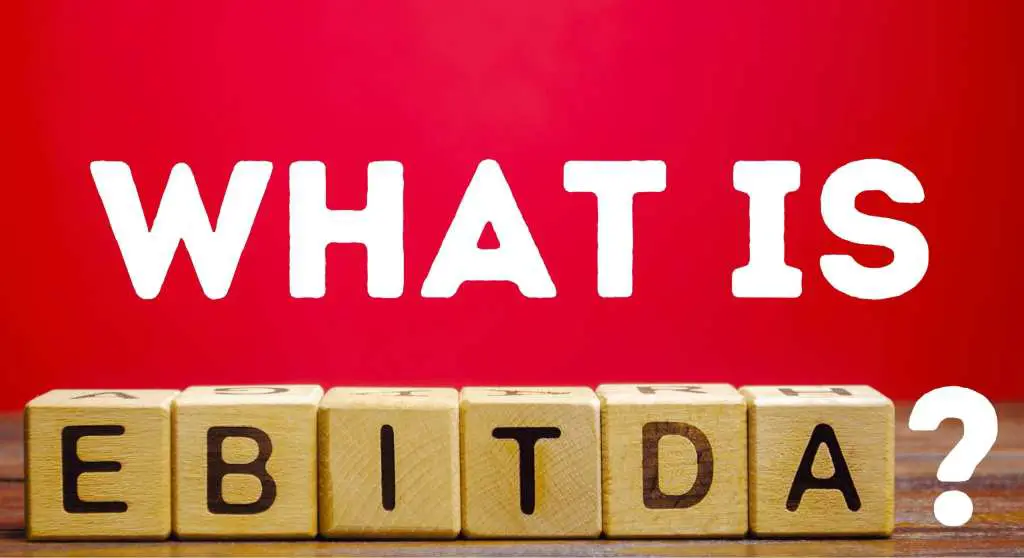This post may contain affiliate links, which means I’ll receive a commission if you purchase through my links, at no extra cost to you. Please read full disclosure for more information.
Monetary and fiscal policy are tools used to control the economy.
The goal of the two is to create and maintain an economic environment where growth is stable and positive and inflation is stable and low. Stability is important in preventing economies from experiencing massive booms and busts.
Monetary policy primarily deals with the management of the total money supply and interest rates and is governed by central banks. This is the Federal Reserve in the US and the Bank of England in the UK.
Fiscal policy deals with government spending levels and taxation. Fiscal policy in the US is managed by the executive and legislative branches of the government.
Both monetary and fiscal policy aim to keep demand levels, interest rates, inflation, and the overall economy in check. An economy that is too hot or too cold is not good for a nation, its businesses, and its population.
They are not mutually exclusive and work together to influence economic conditions.
Let’s dive deeper into each one.
MONETARY POLICY
The Federal Reserve (“Fed”) in the US is in charge of monetary policy and has established a mandate to help the nation achieve maximum employment and price stability.
To achieve this “dual-mandate” they use three different policy tools to influence the economy:
- Setting interest rates
- Open market operations
- Changing bank reserve requirements
1. Setting Interest Rates
The Fed has the ability to change the discount rate (or fed funds rate), which means adjusting the interest rate it charges on loans to financial institutions changes.
This rate is a benchmark for many other rates and the intent of changing the rate is to have short-term interest rates across the economy change in tandem.
When the Fed changes rates, rates will change for mortgages, credit cards, savings accounts, student loans, and much more.
By raising or lowering interest rates, it changes the cost of borrowing. When rates are low, the cost to borrow is low. This will encourage people and businesses to borrow money, thus stimulating the economy.
On the other hand, when the economy is moving too fast, the Fed can increase interest rates. This will increase the cost of borrowing, leading to a decrease in borrowing and spending and slowdown of the economy.
Below is a chart of the Fed funds rate for you to see examples of the Fed lowering or raising interest rates based on the economy.
During the Financial Crisis, the Fed dropped interest rates to zero in 2008 and didn’t start raising rates again until 2015.
With the recession, the US economy needed any type of stimulation, so the Fed kept rates low from 2008-2015 to spark the economy and stabilize conditions.
The Fed raised rates from 2015 through 2019 before deciding to lower rates despite growth in the economy. The Fed was concerned about slowing growth and lowered rates 3 times in 2019.
Then came the Coronavirus outbreak in 2020.
The Coronavirus has had huge detrimental effects on the US and world economies. Due to this huge blow, the Fed dropped interest rates back down to zero again.
2. Open Market Operations
Open market operations refer to the Fed buying and selling US government bonds to inject or pull out money from the economy.
This directly impacts the money supply and reduces the amount in circulation, which increases or decreases the cash available for loans to consumers and businesses.
This is another method the Fed uses to manipulate interest rates and achieve the desired target rate it set.
When expansionary policy is in place, the Fed will buy up Treasury bond to inject cash into banks, which will encourage banks to lend money to consumers and businesses.
This leads to consumers and businesses borrowing and buying more, therefore stimulating the economy.
Businesses and consumers will have options on who to borrow from. This creates competition between banks for borrowers and interest rates will head lower as they compete to offer the most attractive rate.
When contractionary policy is in place, the Fed sells Treasury bonds to withdraw cash from circulation. This leaves banks with less money to loan out.
With less money, money becomes “tight” and interest rates head higher. With higher rates, businesses and consumers are discouraged from borrowing and will spend less. This has the effect of slowing economic growth.
3. Changing bank reserve requirements
Bank reserve requirements refers to the amount of funds banks must have on hand overnight.
The reason banks are required to have reserves is to protect the banks and their customers from an event like a bank run, which is when a large number of customers withdraw funds from a bank in a short period of time.
Increasing reserve requirements reduces the amount of money banks can loan out and reduces the supply of money in the economy. Money becomes “tight,” interest rates rise, the cost of borrowing increases and the economy slows.
Decreasing reserve requirements increases the amount of money banks have available to loan out. This increases the supply of money in the economy.
With the increased supply of money, interest rates will decrease, the cost of borrowing will decrease and businesses and consumers will be encouraged to borrow and spend. The effect is the stimulation of economic growth.
FISCAL POLICY
Fiscal policy is implemented by the government and influences the economy by changing the levels of government spending and levels of taxation.
If the government wants to increase demand and spur economic growth, it will cut taxes and increase government spending. By decreasing taxes, the government puts more money into the economy, which can encourage spending and growth.
This is referred to as expansionary fiscal policy.
The opposite, contractionary fiscal policy, entails the government raising taxes and decreasing spending to slow the economy down and get inflation and demand in check.
When a government decides to change its spending and increase or decrease taxes, it chooses where to spend and what to tax. With this choice, fiscal policy can be used to target specific regions, industries, and projects and encourage or discourage growth.
This ability for targeted stimulus differs from monetary policy.
Government spending can create jobs to boost the economy as well. If the government decides to fund more infrastructure, jobs will be created for the building of the proposed infrastructure projects.
A side effect of decreasing taxes and increasing spending is the creation or expansion of a budget deficit, which is when a government spends more funds than it brings in.
If the government wants to slow the economy down and decrease demand, it will raise taxes and decrease government spending. Both have the effect of taking money out of circulation from the economy.
This will also lead to a decreased budget deficit as the government brings in more funds through higher tax revenues and decreases its spending.
Because fiscal policy is managed by the government, it is susceptible to political influence.
Spending and taxation can be influenced by politicians with their own agendas, which may or may not be best for those on the receiving end of the changes in taxation and government spending.
PROS AND CONS OF MONETARY POLICY
Pros
- Encourages an increase in economic activity and stable growth
- Helps manage inflation rates through adjustments of interest rates
- Monetary policy is relatively quick and easy to implement. Rates can be set throughout the year
- Central banks in charge of monetary policy are independent from the centralized government
- Lowering inflation can reduce the value of a currency, which can boost exports
Cons
- Central banks can only reduce rates as low as zero, capping stimulation through lowering interest rates
- Liquidity traps can take place where low-interest rates aren’t enough to boost demand and the economy. Rates can be low with savings still high. Banks don’t lend and consumers don’t borrow, making the monetary policy ineffective.
- Economic effects of expansionary and contractionary monetary policy are not certain
- Potential for hyperinflation and negative impact on imports
- Support through monetary policy is generally for the whole country. It’s not targeted toward industries and communities that may be more in need
PROS AND CONS OF FISCAL POLICY
Pros
- Helps stimulate the economy through changes in taxes and government spending
- Could help reduce unemployment. A decrease in taxes and increase in spending can increase demand and create jobs
- Government can choose where to spend or adjust taxes to target economic improvement in certain industries, communities, and projects
- Additional taxes on negative things such as environmental pollution, cigarettes, and alcohol discourages production
- Contractionary fiscal policy can decrease the budget deficit
Cons
- Lower government spending could decrease funding to public services and other essential government-funded organizations
- Higher taxes could incentivize people to work less or store funds outside of US borders
- Fiscal policy is handled by the government and is susceptible to influence from politicians. This can lead to political groups pushing for their own agendas and things that aren’t in the best interest of everyone
- Fiscal policy takes longer to implement with the forecasts, budgeting, and time the government takes to come to a decision
- Expansionary fiscal policy can lead to an increase in the budget deficit
SUMMARY
Monetary policy and fiscal policy are important to know and are both in effect in 2020.
If you remember anything, remember that:
Monetary policy deals with the supply of money and interest rates.
Fiscal policy deals with taxation and government spending.
Both work together in an attempt to create a healthy and stable economic environment by managing the supply of money, interest rates, inflation, and demand.



